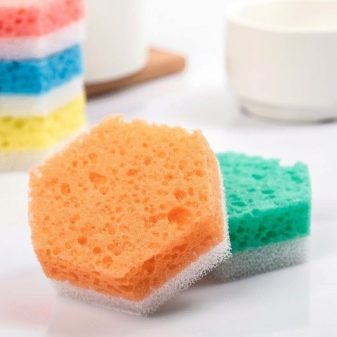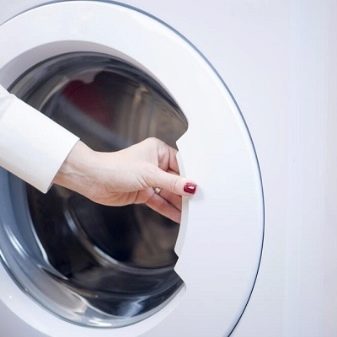All about Greta fabric
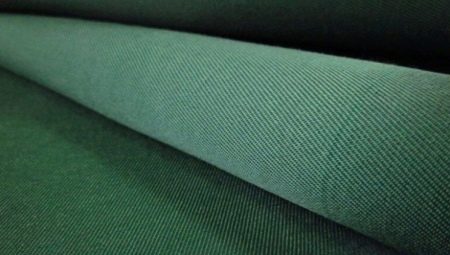
Greta is a Belarusian mixed type fabric, consisting of cotton threads and synthetic polyester fibers. Due to its characteristics, the fabric has found application in various fields: military, household, economic. The unique fabric was first presented in 1994 at the Mogilev textile enterprise.
Now the Greta trademark is owned by the largest textile company in Belarus. And only under an agreement with JSC "Mogotex" the fabric is produced in other countries of the world.
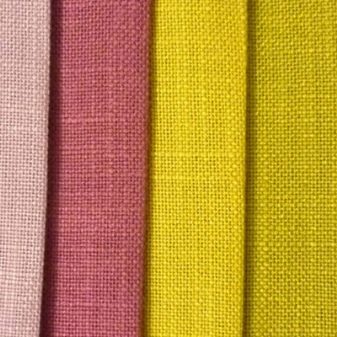
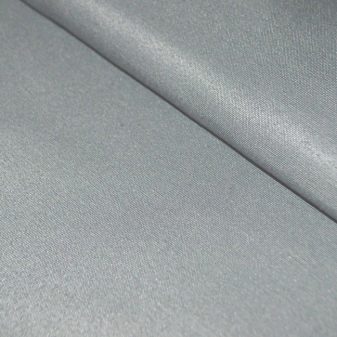
Composition
The blended fabric is made by means of twill weaving of natural fibers with polyester. Their ratio may vary, which does not affect the excellent technical characteristics of the canvas. Typically cotton is around 55% and polyester is around 47%. The weave type allows you to get a dense fabric (110-280 g / m2). At the same time, there is a certain peculiarity of weaving - cotton threads are always located from the wrong side, on the side of the body, and a layer of artificial material is on the outside. Visually, this part of the fabric is smoother and shinier.
To enhance the protective properties of the fabric, a special impregnation can be used. It gives it increased strength, but impairs its breathability. Greta fabric is marked according to the type of protective coating:
- VO - water resistance;
- MVO - in addition to water, repels oily liquids.
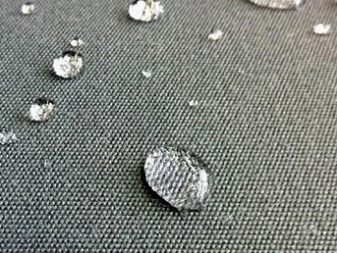
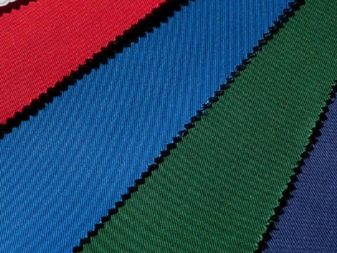
Specifications
Tactilely, Greta's textiles have a dense and even structure, somewhat reminiscent of denim. Differs in a high degree of form stability during deformations. The fabric does not fade under the influence of sunlight, it remains in its original form for a long time.
The front surface is woven from polyester fibers, which provide the surface with water and dirt repellent properties. On the inside there is a cotton surface, pleasant to touch to the body, hygienic and perfectly breathable. In rare cases, manufacturers create Greta using the plain weaving method.
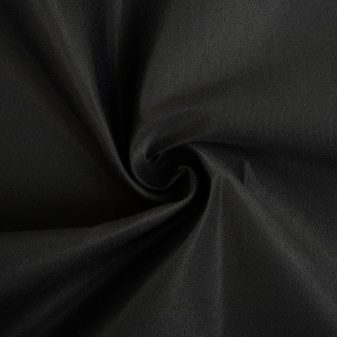

The fabric differs from analogues in some advantages:
- natural fibers on the wrong side are pleasant for the skin, in such clothes the body breathes, perspiration occurs correctly;
- the cotton inner side of the garment is hygroscopic and absorbs sweat well;
- density makes it resistant to damage;
- does not rustle when moving;
- not burdensome to clean;
- does not change size and shape during washing;
- does not provoke allergic skin rashes;
- does not absorb dirt and moisture;
- does not lose visual appeal and qualities during long-term use;
- wide color palette;
- safe for health;
- persistently colored, does not fade;
- weighs little, things do not burden.
The material used for its intended purpose has no flaws, it fully complies with the declared characteristics. The smoothness of the man-made polyester gives the canvas a beautiful look.

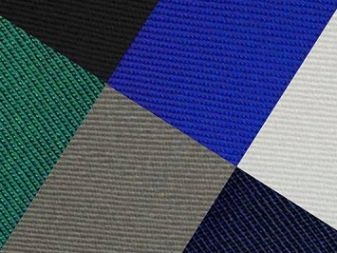
Varieties
This fabric may differ in weave density, type of dyeing and processing method. Density is possible to obtain different, within 120-290 g per 1 sq. m of matter. The most popular indicator is considered to be in the range of 170-220 g per sq. m.
The color palette of the material of Belarusian origin is distinguished by its variety. It can be not only monochromatic, but also with pictures. On a plain painted surface, the colors are brighter. The most popular are the denim look of Greta and the dense camouflage fabric (CMF). A distinctive quality of the fabric is the finish in the form of various impregnations and coatings. Thanks to them, the canvas turns out to be more functional.
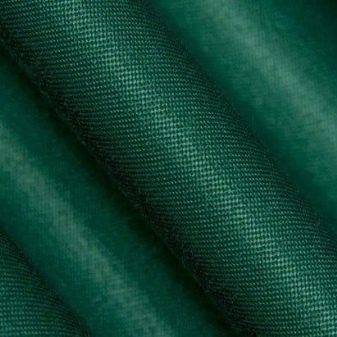
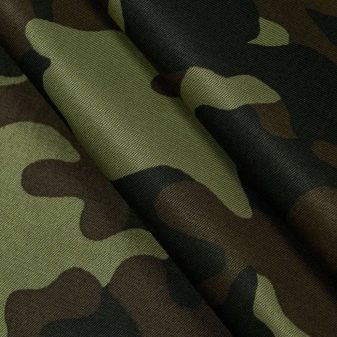
Classification by type of impregnation.
- ASO - antistatic. Prevents the formation and accumulation of static charges, prevents clothes from sticking to the body.
- VO - moisture-repellent. Keeps the fabric from getting wet by keeping water on the surface layer. At the same time, it does not interfere with the evaporation of sweat.
- MVO - oil-water-repellent. The outer layer does not allow moisture, oily liquids, and sweat vapors to pass through.
- KZO - acid-proof. The task of such impregnation is to retain sulfuric acid or other compounds with its content on the surface. Hazardous substances roll off the vertical surface of the protective layer, or (when the item is placed horizontally) remain on the surface for 6 hours.
- НМВО - oil-oil-water-repellent. Enhanced skin protection from three components at once. Permits sweat vapors to escape, but retains moisture from the inside.
A special type of care is provided for these types of fabrics. And also fabrics are produced that, despite the impregnation, are allowed to be washed in the standard way. They are marked with the letter "U" (resistance of the fabric to washing).
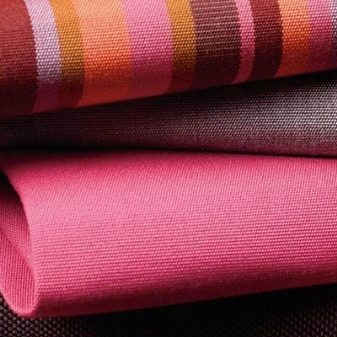
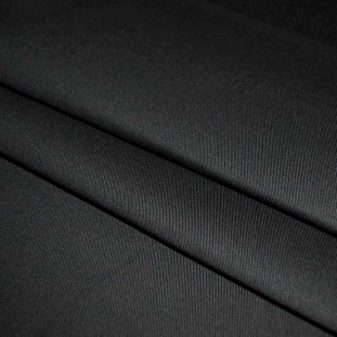
Applications
The fabric is actively used for workwear used in the food industry, in trade, in beauty salons, and so on. It is chosen for its hypoallergenicity, good air permeability, natural absorbent seamy surface with high hygienic qualities. Greta fabric with special impregnations is used for sewing robes for workers of oil and gas enterprises, energy plants, and employees of the nuclear industry. Such items are endowed with an antistatic effect, do not allow the build-up of static current and minimize the risk of fire on contact with a spark. In these clothes, the specialists of hot shops are not threatened with chemical and thermal burns. The fabric repels particles of oil and oil products, perfectly protects against perspiration.
Overalls made of fabric with acid-proof characteristics are widely used in the economic field. From Greta, garments are sewn for masters of utilities, employees of the construction and road industries, special vests for employees of all kinds of enterprises. A uniform made of dense Belarusian blended fabric is made to order and for organizations whose activities take place in harsh climatic conditions. Such things are often purchased by residents of rural areas. Clothes from Greta do not need constant care. At the same time, it reliably shelters from precipitation, dirt and wind blowing.
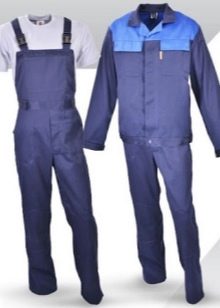
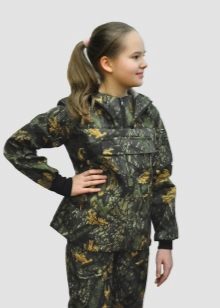
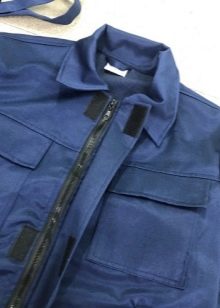
Protective clothing
Greta's fabric in camouflage colors is widely used for the manufacture of army uniforms, clothing for representatives of security and military structures, police, firefighters. Material with a natural back and synthetics on the outside is considered the most suitable for tailoring suits and outerwear for hunting, fishing and hiking. In this segment, Greta is used not only in khaki colors, but also in such variations as "reed", "storm", "snow forest" and others.
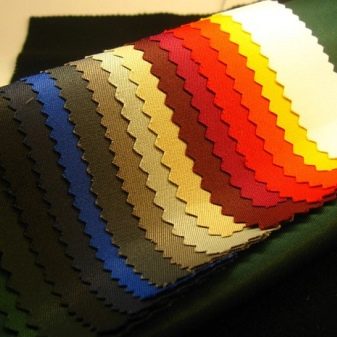
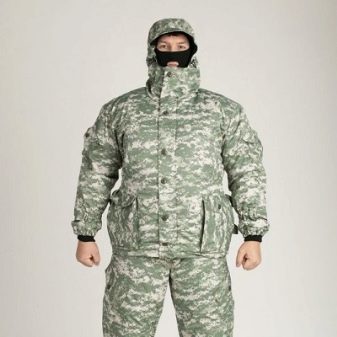
Sports and tourism
In the field of tourism, the most popular is also the Greta fabric in camouflage colors or shades of a natural palette. It can be plain dyed or patterned. For sewing garments for everyday use, the denim type of pattern is most in demand.
And also from material with different sides they sew:
- sports ammunition with a moisture-repellent coating;
- wind and rain resistant camping tents, sleeping bags and durable hiking backpacks;
- camping equipment, compact chairs for fishing, hunting trips and comfortable outdoor recreation.
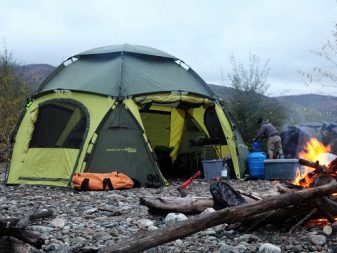
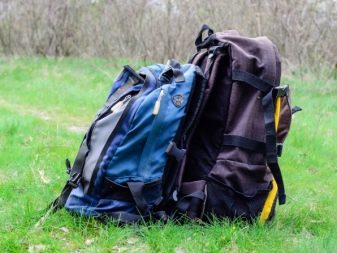
Upholstery
And also Greta fabric is relevant for upholstery of pieces of furniture, since the canvas does not attract dust, it can be easily cleaned of small dirt and does not absorb moisture. Furniture covers and upholstery made of this fabric are extremely practical and durable.
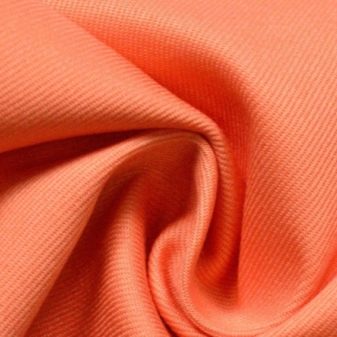
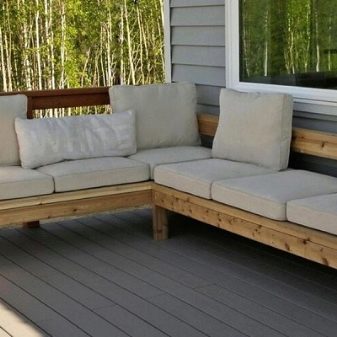
Other
This fabric is characterized by increased functionality and durability. Due to the ease of coloring, things can be given any design. Various logos, embroidery and all kinds of prints are easily applied to the canvas. The protective characteristics strengthen the fabric and make it useful for use in extreme outdoor conditions.
It is used to make shoes, gloves and baseball caps. Pants and jackets are worn as overalls in everyday life, put on to perform various jobs in summer cottages. In addition to all of the above, covers for car seats are sewn from Greta's fabric. It is suitable and useful as a cover for highchairs, sun loungers, containers for linen and toys.
If desired, the material can be advantageously adapted in various spheres of household and agriculture.
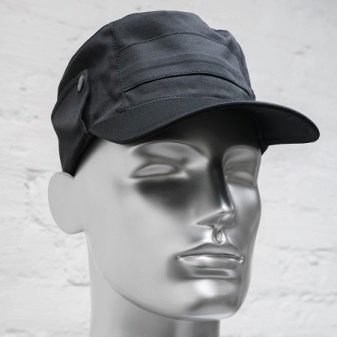
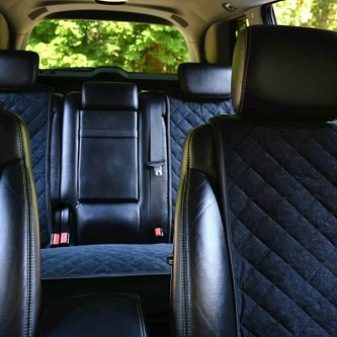
Care Tips
The material is also in demand due to the fact that caring for it is simple and not burdensome. Even after prolonged wear and numerous wash cycles, the fabric remains bright and wearable. Most of the dirt is quickly removed with a brush or sponge without the use of chemicals. When washing in a machine, the maximum permissible temperature is 60 degrees Celsius. Hotter water can compromise the integrity and quality of the moisture retaining treatment. After that, she will lose this useful property.
The finished product is allowed to dry not only in the air, but also in a typewriter. You can wash clothes and other products made of Greta's fabric without special products, any ordinary powder. The costumes are ironed from the inside out, adjusting the temperature on the iron to 120 degrees. Products must not be cleaned with chlorine-containing substances and other bleaching agents.
To eliminate creases (if any), the product must be shaken, straightened and left in this position for drying.
